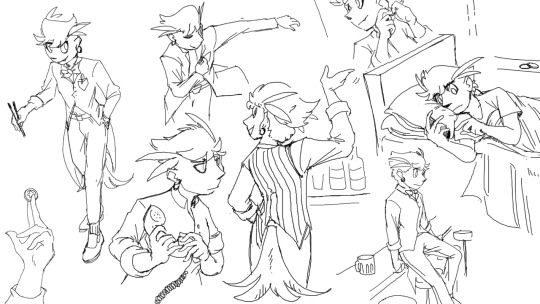#sforza
Text
Okay but can we all collectively agree that Peter Sullvian's Ascanio Sforza in The Borgias always seems to be only one step away from glancing at the camera like he's in The Office?
#he has to deal with everyone's nonsense constantly#the borgias#borgias#peter sullivan#ascanio sforza#he's so iconic btw#hands down my favourite character now that Machiavelli isn't getting any proper screeentime#sforza#rome but in a wild twist not ancient rome#italian renaissance#renaissance#tv shows tag#his facial expressions are always sending me#lucrezia borgia#cesare borgia#italian history#rome
27 notes
·
View notes
Photo
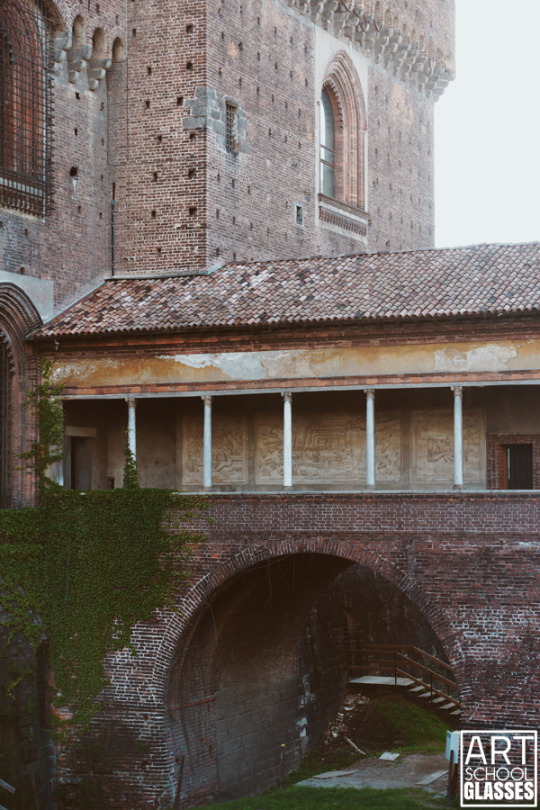
Wandering around Castello Sforzesco
Milan, Italy
#castello sforzesco#castle sforza#milan#italy#europe#travel#travelling#architecture#castle#sforza#my photos
42 notes
·
View notes
Text

She was the legitimised natural daughter of the Duke of Milan Galeazzo Maria Sforza and Lucrezia Landriani. A widow of Pietro II Dal Verme 2nd Count of Sanguinetto, in 1487 she married the condottiere Fregosino Fregoso (1460-1512), natural son of the Doge of Genoa and Cardinal Paolo Fregoso. She brought a rich dowry of fiefs, which she had in 1480: Nibbiano, Bellano, Varenna, Mandello, the Valsassina, Dervio and Novi, as well as property in Voghera and Tortona.
Chiara and Fregosino had two sons:
- Ottaviano, condottiere
- Paolo, squanderer of family property, married Paola Visconti and in a second marriage Ginevra da Correggio, daughter of Count Giberto VII.
#perioddramaedit#history#edit#italiansedit#chiara sforza#galeazzo maria sforza#lucrezia landriani#milan#house of sforza#galeazzo sforza#sforza#imogen waterhouse#donne nella storia#donne della storia#donneitaliane#donne italiane#italian renaissance#women of renaissance#renaissance italy#15th century#renaissance women#renaissance#rinascimento#fregosino fregoso#paola visconti#italy#milanese#italian history#historical women#historical figures
34 notes
·
View notes
Text
A history of Milan under the Sforza,
by Cecilia M. Ady; ed. by Edward Armstrong. With twenty illustrations and a map.
Description
Tools
Cite thisExport citation fileMain AuthorAdy, Cecilia M. (Cecilia Mary), 1881-1958Related NamesArmstrong, Edward, 1846-1928, ed.
Language(s)English PublishedLondon, Methuen & co. [1907]
SubjectsSforza family
Art > Art / Italy > Art / Italy / Milan.
Milan (Italy) > Milan (Italy) / History
History
Physical Descriptionxii, 351, [1] p. front., plates, ports., fold. plan, fold. geneal. tab. 23 cm.
5 notes
·
View notes
Text

Investiture of Ludovico il Moro Sforza, as ruler of Milan; miniature from the missal of Cardinal Guido Antonio Arcimboldi, second half of 15th century
75 notes
·
View notes
Text

Chibi commissions for @junoyasumi done on stream yesterday!
8 notes
·
View notes
Text




Green version of fantasy note for collectors polish Queen Bona Sforza + version with perforated word: CANCELED.
#banknot#banknote#fantazyjny#fantasy#Bona#Sforza#canceled#not circulated#nieobiegowy#for collectors#kolekcjonerski#fancy#note#Polonaise#Polonia#Polska#Poland
2 notes
·
View notes
Text
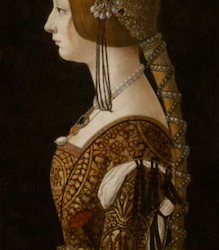
"Bianca Maria Sforza, Third Spouse of Emperor Maximilian I" by Giovanni Ambrogio de Predis (circa 1493-95) presented in "A History of Jewellery: Bedazzled (part 2: Renaissance)" by Beatriz Chadour-Sampson - International Jewellery Historian and Author - for the V&A Academy online, February 2024.
#conferences#peinture#inspirations bijoux#bijoux de tête#perle#Sforza#Predis#ChadourSampson#V&AAcademy#Victoria&AlbertMuseum
2 notes
·
View notes
Text
Leggo spesso cose come “chi ti ama non ti perde” come se chi ama non potesse commettere errori perché ama eppure sappiamo tutti bene che non è così, siamo esseri umani e gli errori sono all’ordine del giorno; la domanda è: perché si può sbagliare nel resto della vita, ma se sbagli in amore hai finito? Non parlo di tradimenti, maltrattamenti e simili. Parlo del fatto che a volte ci si sente soffocare e allora si cerca un cambiamento che non arriva a tutte le persone nello stesso modo e soprattutto non tutti hanno bisogno della stessa situazione per tornare a respirare. Posso persino capire che ci siano in gioco le emozioni e che quindi serva del tempo per rimarginare le ferite, ma una volta che vi viene chiesto sinceramente scusa, che vengono ammessi gli errori e che si fa di tutto per rimediare e state meglio, “vittima e carnefice”, perché non sembrate disposti a perdonare? Perché vi viene così difficile quando avete perdonato altre persone che per voi hanno fatto un quarto e con un quarto dell’impegno? Perché vengono apprezzati solo gli sforzi di alcuni individui mentre quelli di altri li lasciate lì, appesi come i panni al sole? Sperate che questi sforzi finiscano? vorreste di più?
Se qualcuno ha delle risposte, sono pronta ad ascoltare
#frasi belle#frasi tumblr#love#frasi#amore#pensieri#mi manchi#i love him#amore vero#andare avanti#always#thinking#think about it#sforza
9 notes
·
View notes
Photo

Circle of Leonardo Da Vinci (Italian, 1452-1519)
Portrait of a lady in profile, c.1490s
Neither the identity of the artist nor the sitter is known, but she is undoubtedly a courtly woman of some style. The fluttering ribbons, the shape of the bodice, the large ruby brooch worn on the side of her head are all important indications of her status. Her hair is dressed with a coif, a close-fitting cap, half covering the head and secured ith a lenza or cord. Her long laced plait is contained in a plait-case called a trinzale. Introduced from Spain, via Naples, by Isabella d'Aragon, this style flourished in Milan in the 1490s and became fashionable throughout Lombardy in the final decade of the fifteenth century and into the early years of the sixteenth. The strict profile format was favoured for court portraits of the Sforza, Milan's ruling family, and is evocative of Renaissance coins and medals.
#art#european history#art history#european art#fine art#italy#sforza#spain#d'aragon#female portrait#classical art#medieval#Medieval Times#medieval clothing#leonardo da vinci#da vinci#italian peninsula#italian#europe#europa#mediterranean
53 notes
·
View notes
Photo

Castello Sforzesco
Milan, Italy
#castello sforzesco#castle sforza#sforza#castle#milan#italy#europe#travel#travelling#architecture#my photos
34 notes
·
View notes
Photo

Portrait of Isabella of Aragon, Duchess of Milan. Unknown artist.
#ducato di milan#isabella of aragon#regno di napoli#kingdom of italy#house of sforza#sforza#house of trastamara
11 notes
·
View notes
Text

Ady, Cecilia M. (Cecilia Mary), 1881-1958, and Edward Armstrong. A History of Milan Under the Sforza. London: Methuen & co, 1907.
4 notes
·
View notes
Text
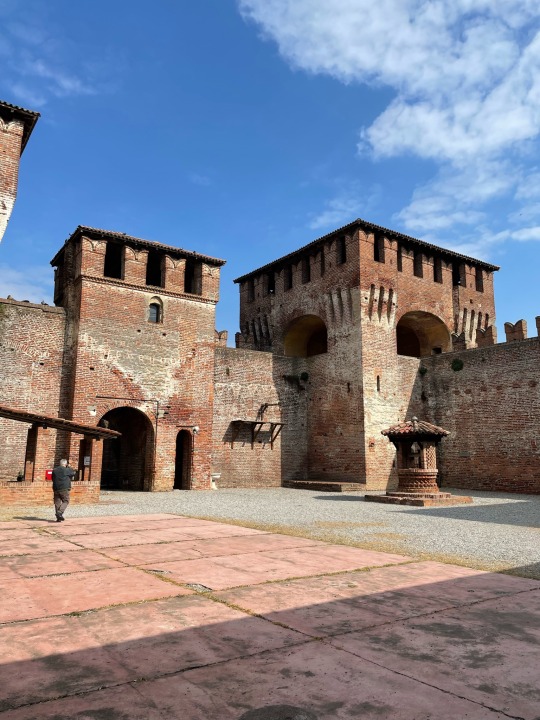


Soncino, Rocca Sforzesca
2 notes
·
View notes
Text


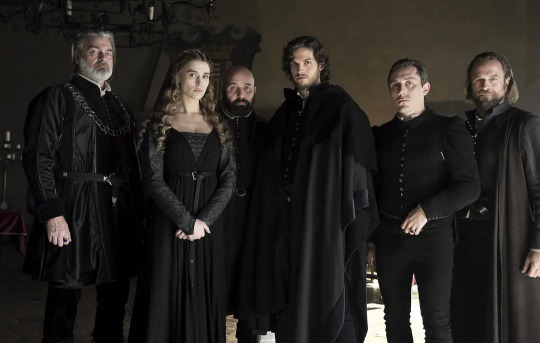



Gaia Weiss as Ippolita Sforza and Madame du Barry in Medici and Marie Antoinette
4 notes
·
View notes
